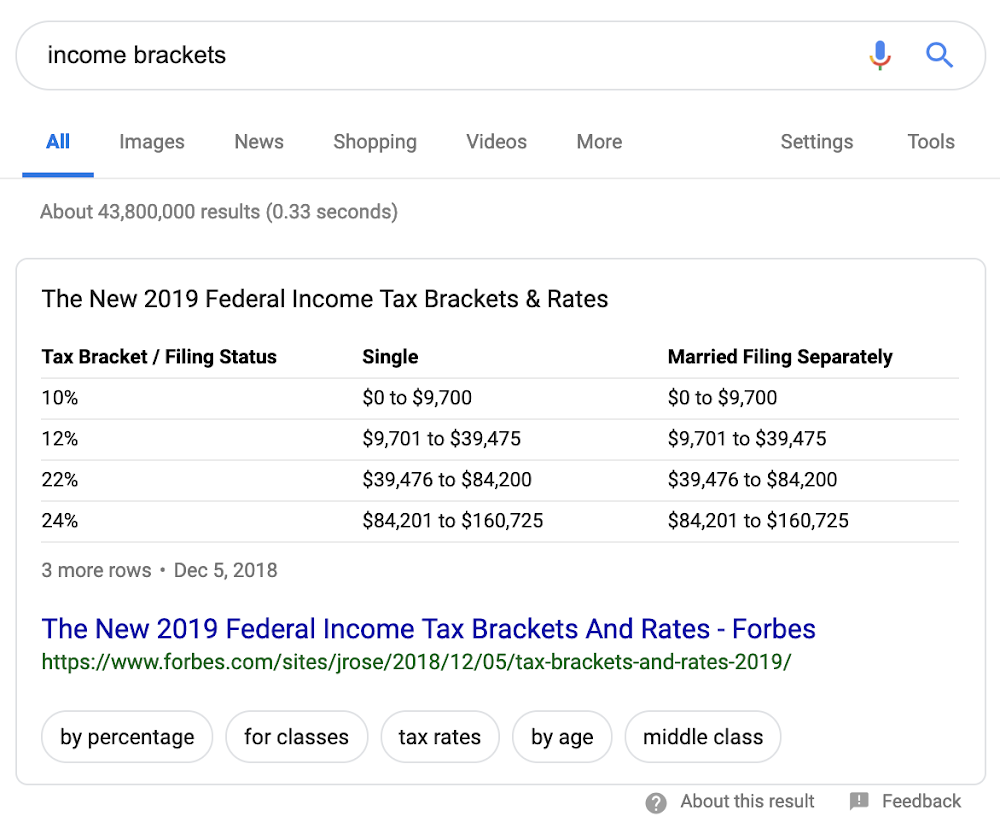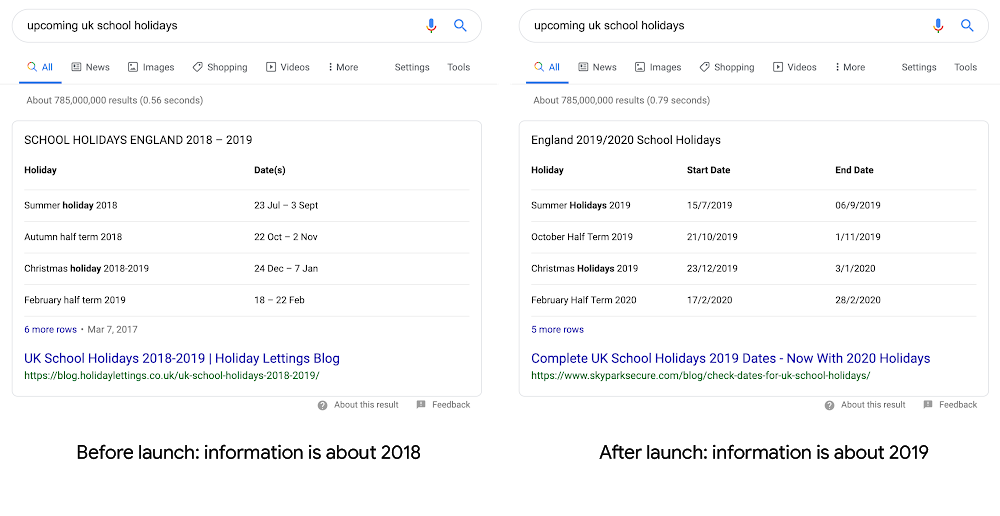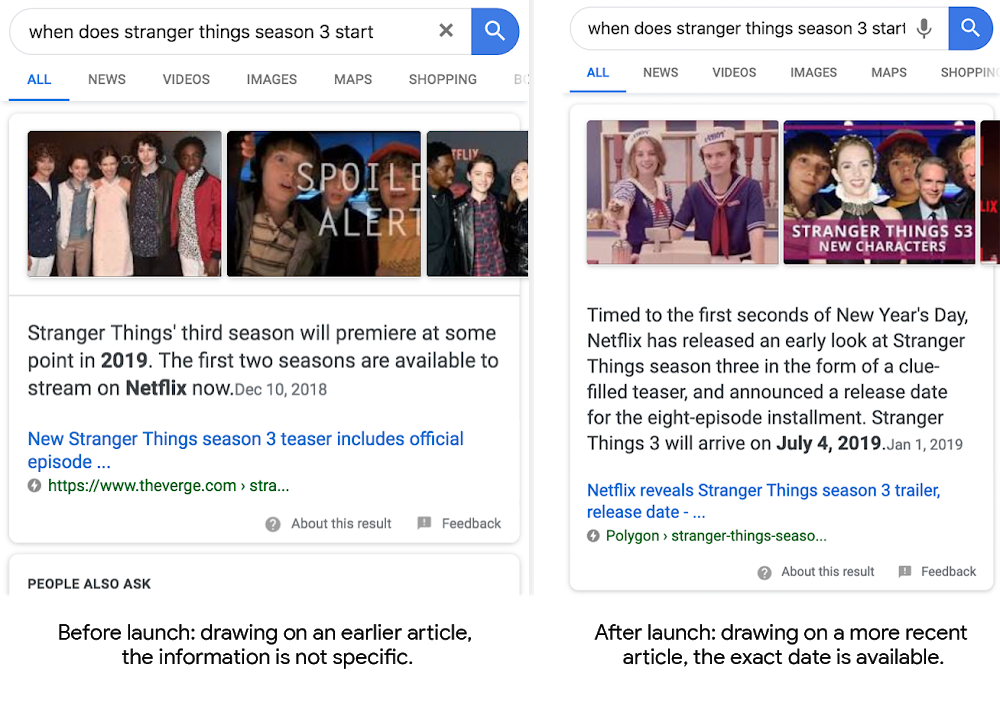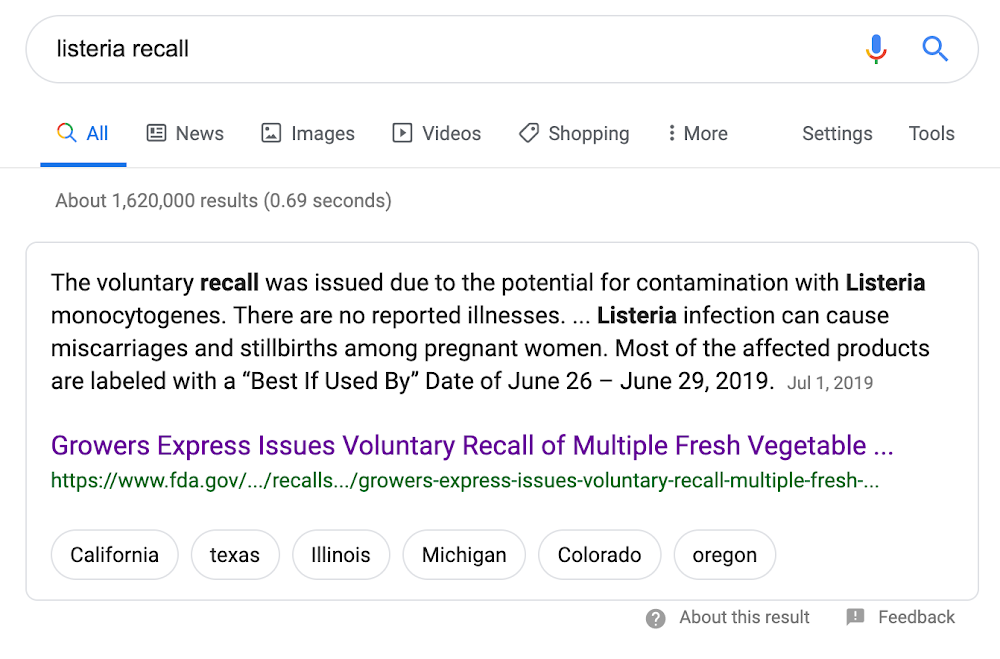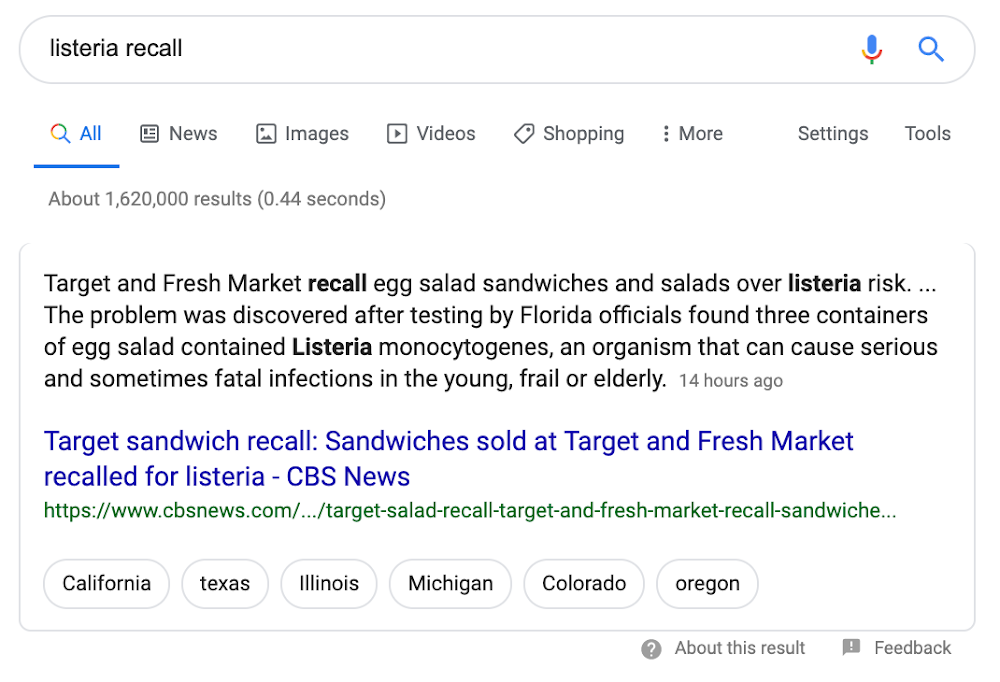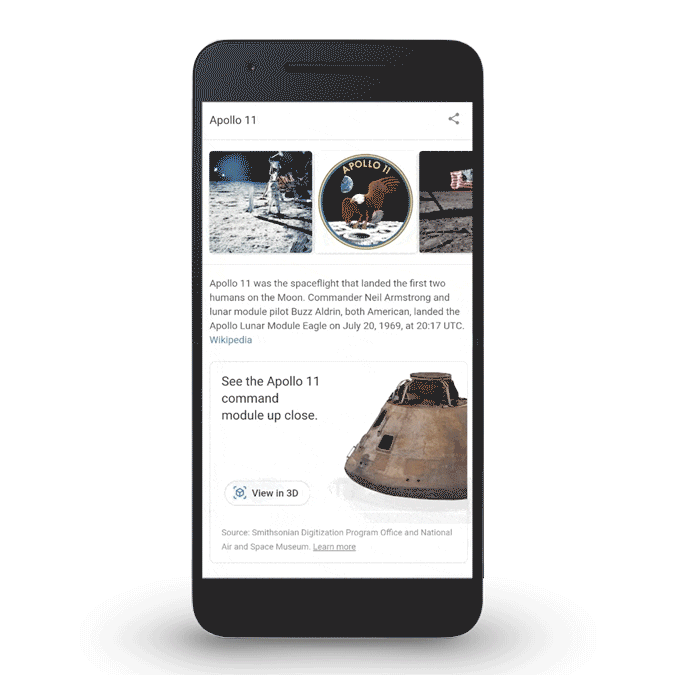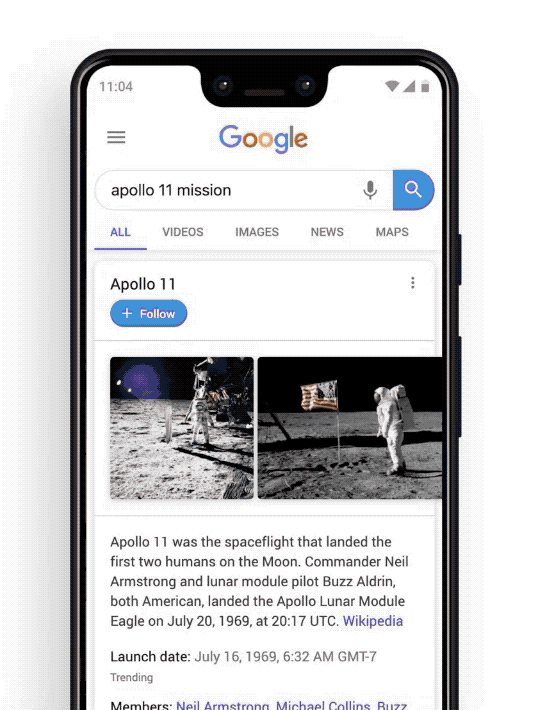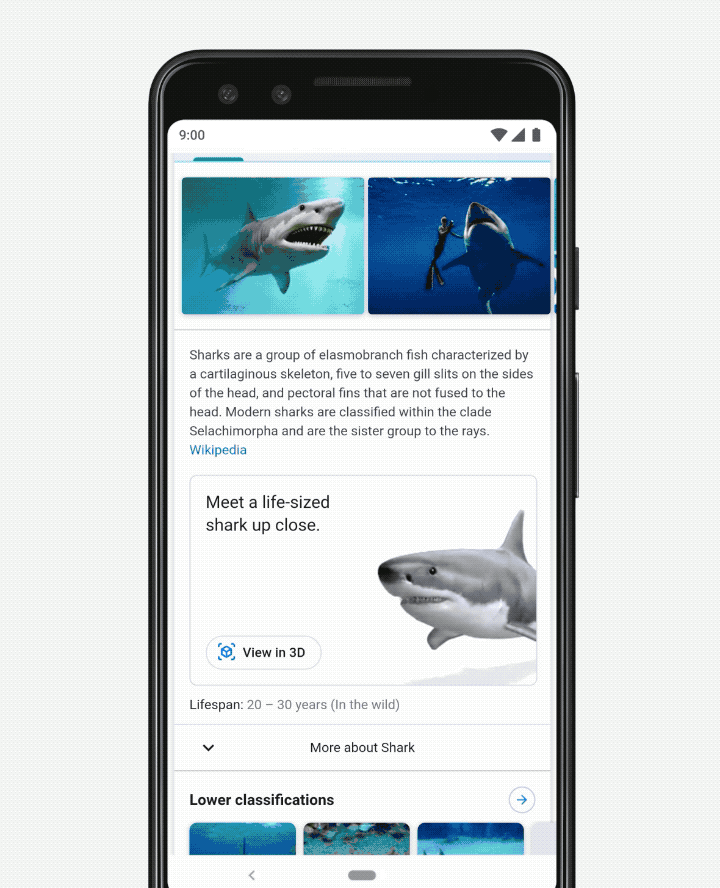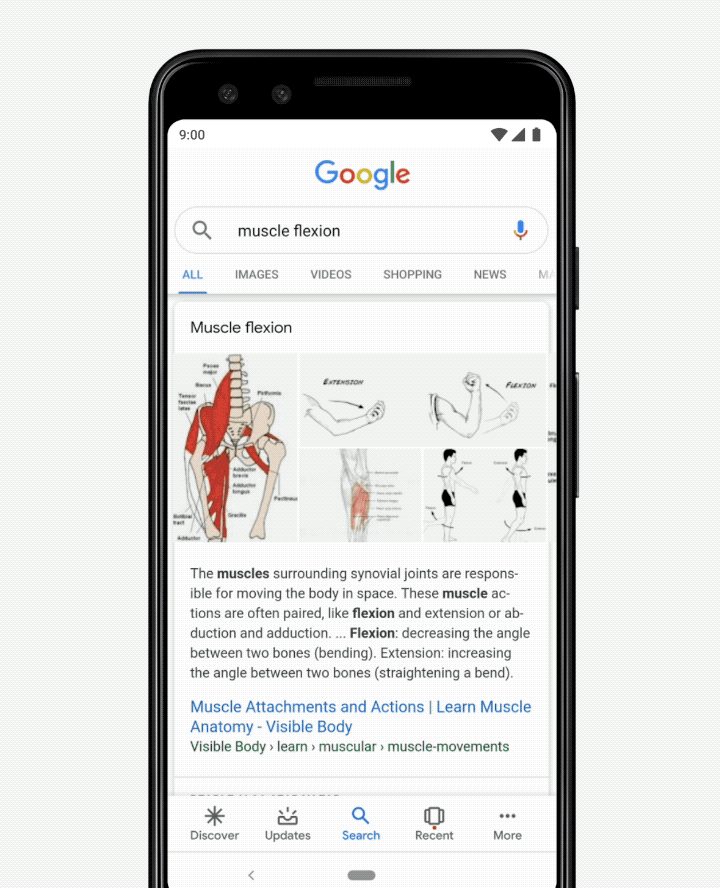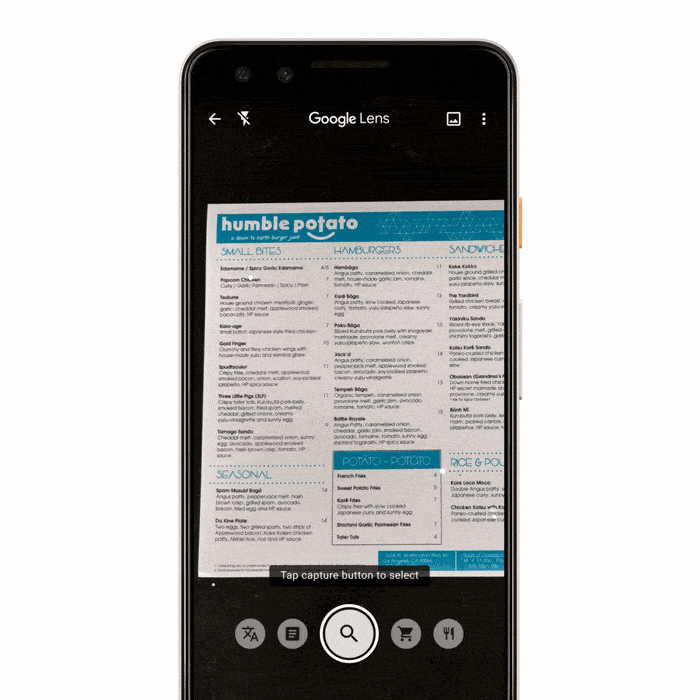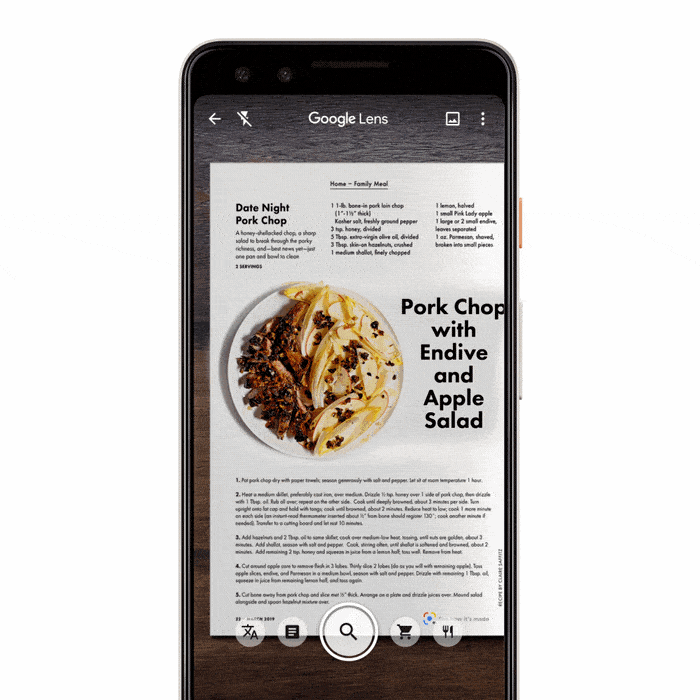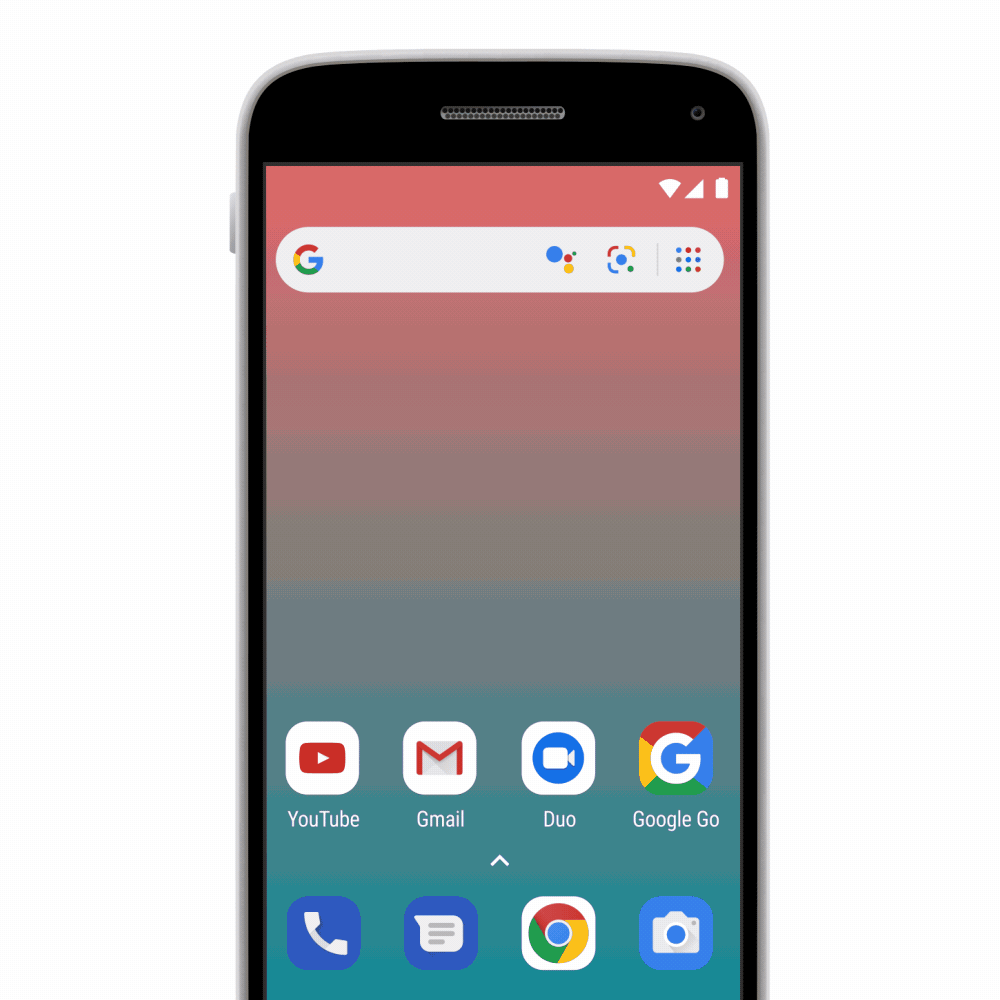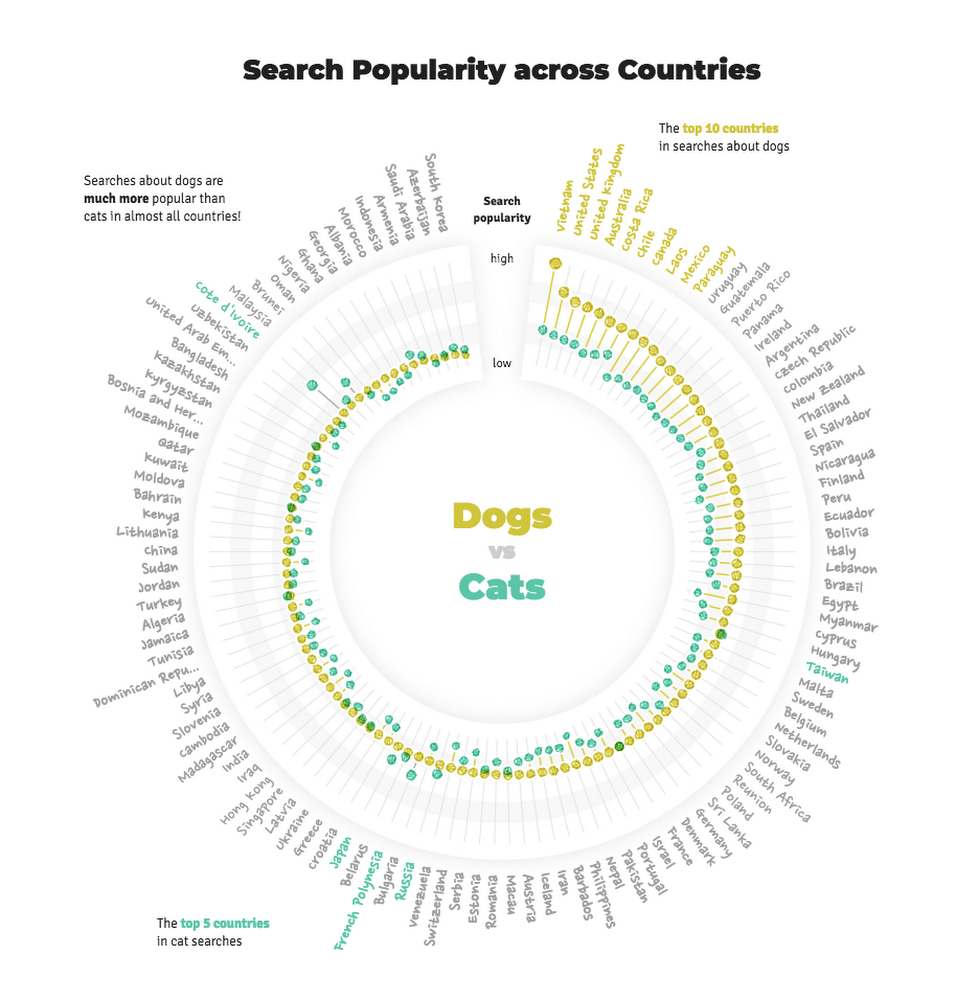Google Search was built to provide everyone access to information on the web—and with tens of thousands of web pages, hundreds of hours of video, thousands of tweets and news stories published every minute of the day, our job is to sift through that content and find the most helpful results possible. With news in particular, we always aim to show a diversity of articles and sources to give users as much context and insight as possible.
An important element of the coverage we want to provide is original reporting, an endeavor which requires significant time, effort and resources by the publisher. Some stories can also be both critically important in the impact they can have on our world and difficult to put together, requiring reporters to engage in deep investigative pursuits to dig up facts and sources. These are among the reasons why we aim to support these industry efforts and help people get access to the most authoritative reporting.
Recently, we’ve made ranking updates and published changes to our search rater guidelinesto help us better recognize original reporting, surface it more prominently in Search and ensure it stays there longer. This means readers interested in the latest news can find the story that started it all, and publishers can benefit from having their original reporting more widely seen.
Ranking changes to support original reporting
In today’s fast-paced world of news, the original reporting on a subject doesn’t always stay in the spotlight for long. Many news articles, investigations, exclusive interviews or other work can be so notable that they generate interest and follow-up coverage from other publications. And in other cases, many stories cover a single news development, with all of them published around the same time. This can make it difficult for users to find the story that kicked everything off.
While we typically show the latest and most comprehensive version of a story in news results, we've made changes to our products globally to highlight articles that we identify as significant original reporting. Such articles may stay in a highly visible position longer. This prominence allows users to view the original reporting while also looking at more recent articles alongside it.
There is no absolute definition of original reporting, nor is there an absolute standard for establishing how original a given article is. It can mean different things to different newsrooms and publishers at different times, so our efforts will constantly evolve as we work to understand the life cycle of a story.
Changing our rater guidelines
We use algorithms to sort through everything we find on the web and organize this content in a way that is helpful. Those algorithms are composed of hundreds of different signals that are constantly updated and improved. To tune and validate our algorithms and help our systems understand the authoritativeness of individual pages, we have more than 10,000 raters around the world evaluating our work - their feedback doesn't change the ranking of the specific results they're reviewing; instead it is used to evaluate and improve algorithms in a way that applies to all results. The principles that guide how they operate are mapped out in our search rater guidelines, a public document that allows raters to better understand and assess the unique characteristics of content that appears in Search results.
In short: these guidelines are the clear description of what we value in content when ranking. And we’ve just introduced a change to help us gather new feedback so that our automated ranking systems can better surface original content.
To illustrate the update, in section 5.1 of the guidelines, we instruct raters to use the highest rating, “very high quality,” for original news reporting “that provides information that would not otherwise have been known had the article not revealed it. Original, in-depth, and investigative reporting requires a high degree of skill, time, and effort.”
In addition to recognizing individual instances of original reporting at the page level, we also ask raters to consider the publisher’s overall reputation for original reporting. That update in section 2.6.1 reads: “Many other kinds of websites have reputations as well. For example, you might find that a newspaper (with an associated website) has won journalistic awards. Prestigious awards, such as the Pulitzer Prize award, or a history of high quality original reporting are strong evidence of positive reputation.”
We hope these updates to elevate original reporting will provide people with a deeper understanding of their changing communities and the conversations going on around them. Giving everyone better access to original journalism across all types of stories—ranging from movies, sports, music and celebrity scoops to the serious journalism behind #MeToo, the Panama Papers and the opioid crisis—is all about helping people stay informed about the news that matters to them.
